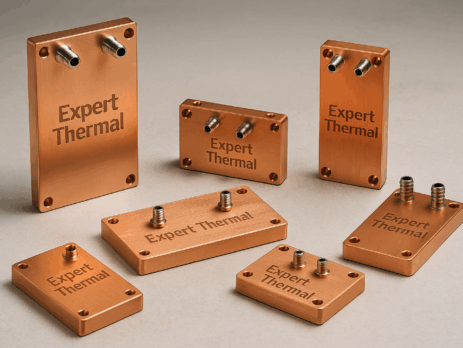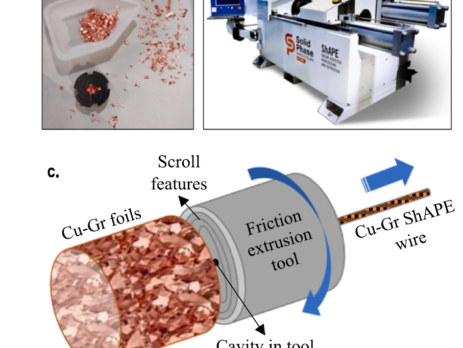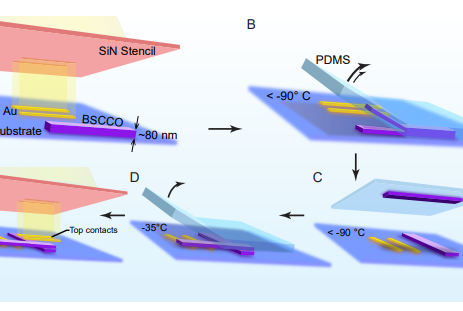Design for Assembly (DFA):
We employ Design for Assembly (DFA) approach that focuses on optimizing the design of a product or assembly to simplify the manufacturing and assembly processes. In the context of a thermal Top-Level Assembly (TLA), DFA principles can be applied to enhance the efficiency, reliability, and ease of assembly of the thermal components. Here’s an overview of Design for Assembly for a thermal TLA:
- Component Selection and Integration:
– Simplified Components: Select components that are designed for ease of assembly. Look for components that are modular, standardized, and readily available, reducing the need for complex assembly steps.
– Integration Opportunities: Explore opportunities for integrating multiple functions into a single component. This can help reduce the number of components, assembly steps, and potential points of failure.
- Design for Accessibility:
– Accessibility of Components: Ensure that the key components involved in the thermal management of the TLA, such as heat sinks, fans, or insulation, are easily accessible for assembly and maintenance. Design openings or access points that allow straightforward installation or removal of these components.
– Clearances and Tolerances: Define appropriate clearances and tolerances to facilitate component alignment and fit during assembly. This helps avoid unnecessary adjustments or rework.
- Fastening and Attachment Methods:
– Simplified Fastening: Utilize standard or easily accessible fastening methods, such as screws, snap fits, or quick-release mechanisms, to simplify assembly and disassembly. Avoid complex or specialized fasteners that may require additional tools or time for assembly.
– Self-Alignment Features: Incorporate self-alignment features in the design to aid in the proper alignment of components during assembly. These features can reduce the risk of misalignment or the need for manual adjustments.
- Modular and Subassembly Approach:
– Modular Design: Divide the thermal TLA into modular subassemblies that can be independently assembled and tested. This approach allows for parallel manufacturing and assembly processes, reducing overall production time.
– Standardized Interfaces: Establish standardized interfaces between subassemblies to ensure compatibility, easy alignment, and efficient assembly. This enables the interchangeability of components and facilitates repair or replacement if necessary.
- Design for Serviceability:
– Serviceability Considerations: Anticipate the need for service and maintenance activities on the thermal TLA. Design features such as removable panels, access points, or diagnostic interfaces to facilitate easy maintenance, inspection, or repair of the thermal components.
– Documentation and Markings: Provide clear and intuitive documentation, markings, or labeling to guide assembly and disassembly processes. This can include assembly instructions, part numbers, or identification labels on components for easy recognition.
- Design Verification and Testing:
– Design Verification: Conduct design verification activities, such as virtual simulations or prototype testing, to ensure proper fit, alignment, and thermal performance of the TLA. Identify potential assembly issues or design flaws early in the development process.
– Design Validation: Perform thorough testing and validation of the assembled thermal TLA to verify its thermal performance, reliability, and functionality. This includes thermal testing, noise measurement, weight assessment, and other relevant tests.
By incorporating Design for Assembly principles into the design process of a thermal TLA, manufacturers can optimize the assembly process, improve efficiency, and reduce the risk of errors or complications during manufacturing. Simplifying component selection, enhancing accessibility, employing standardized fastening methods, utilizing modular approaches, and considering serviceability contribute to a streamlined assembly process and ultimately result in a more reliable and cost-effective thermal TLA.
Latest Post
Cold Plate Cooling Systems: Design, Optimization, and Application in High Density Electronics
Team Expert Thermal2025-07-21T17:35:47+00:00...
Thermal Interface Materials (TIMs): The Backbone of Efficient Thermal Management
Team Expert Thermal2025-03-13T06:41:30+00:00...
Liquid Cooling for Data Centers: The Key to Unleashing AI and High-Density Computing
Team Expert Thermal2024-12-13T15:28:17+00:00...
The Importance of Thermal Design and Analysis in Product Development: A Key to Success
Team Expert Thermal2024-10-04T03:56:53+00:00...
Innovative Cooling Strategies for AI and HPC: Ensuring Efficiency and Sustainability
Team Expert Thermal2024-09-04T10:53:23+00:00...
The Rise of AI and the Need for Efficient Thermal Management
Team Expert Thermal2024-08-22T13:38:54+00:00...
ShAPE-ing the Future: A New Technique for High-Performance Copper Composites
Team Expert Thermal2024-01-15T11:11:21+00:00...
Contact us
- Address: 7091 Kindra Hill Dr., San Jose, CA 95120
- Phone: +1 (408) 641-1398
- Email:sales@expertthermal.com








